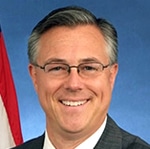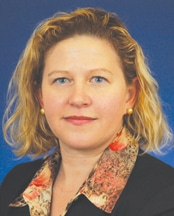
Whenever one is discussing an ambitious, long-term program, like our high speed and intercity passenger rail program, it is helpful to remind ourselves – and others – about the original vision we committed to in 2009.
Since the very beginning, we have been executing a clearly laid out plan for a passenger rail network that includes high-speed trains, upgraded regional service, and improved connections for emerging markets. All three are interdependent and fundamental components of passenger rail operations in countries around the globe where high speed rail service is successful. This vision was announced by the president when we released our April 2009 strategic plan Vision for High Speed Rail in America.
I often make the analogy to our modern highway system. In the same way you would not take an interstate highway directly to your neighborhood, one would not use a high speed train for every passenger rail trip. Our interstate system works because we have a robust network of state, county, and local roads that feed into the Interstate system. This same tiered-service concept applies to passenger rail.
With investments focused extensively in five mega-regions, we are moving forward with 152 passenger rail projects in 32 states and the District of Columbia. Nearly 50 percent of our investments are producing world-class high speed rail, some 45 percent higher-quality regional service, and the balance higher-performing feeder service. All improve the customer experience by reducing trip times, improving reliability, adding additional frequencies, or improving passenger amenities, and help build a high-performing passenger rail network. And we are doing all of this while preserving or enhancing our thriving freight rail network.
Four years ago we made a promise to deliver on a vision for a more comprehensive passenger rail network and we’re keeping that promise. By executing good project fundamentals, with the leadership of our state partners, we’ll continue to bring projects in on time and budget and advance this next generation of transportation.
 Last year was the safest year in the history of the railroad industry, based on performance measures tracked by the Federal Railroad Administration.
Last year was the safest year in the history of the railroad industry, based on performance measures tracked by the Federal Railroad Administration.